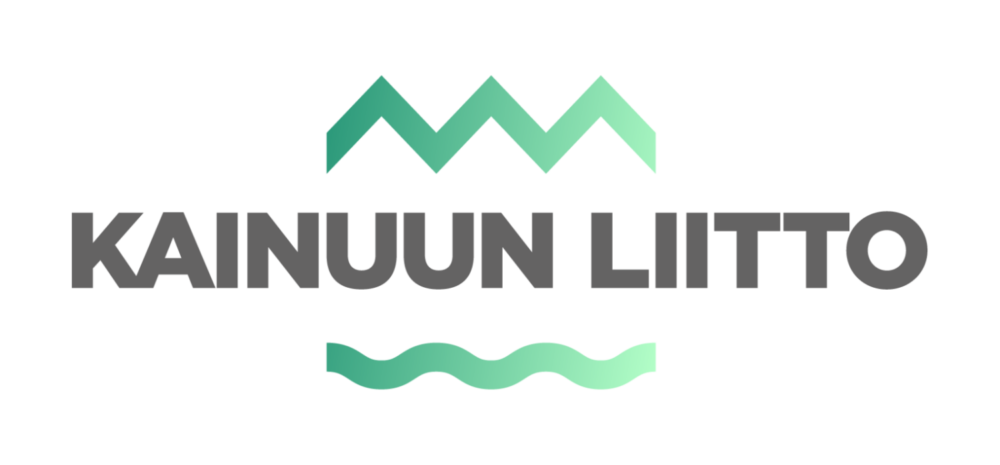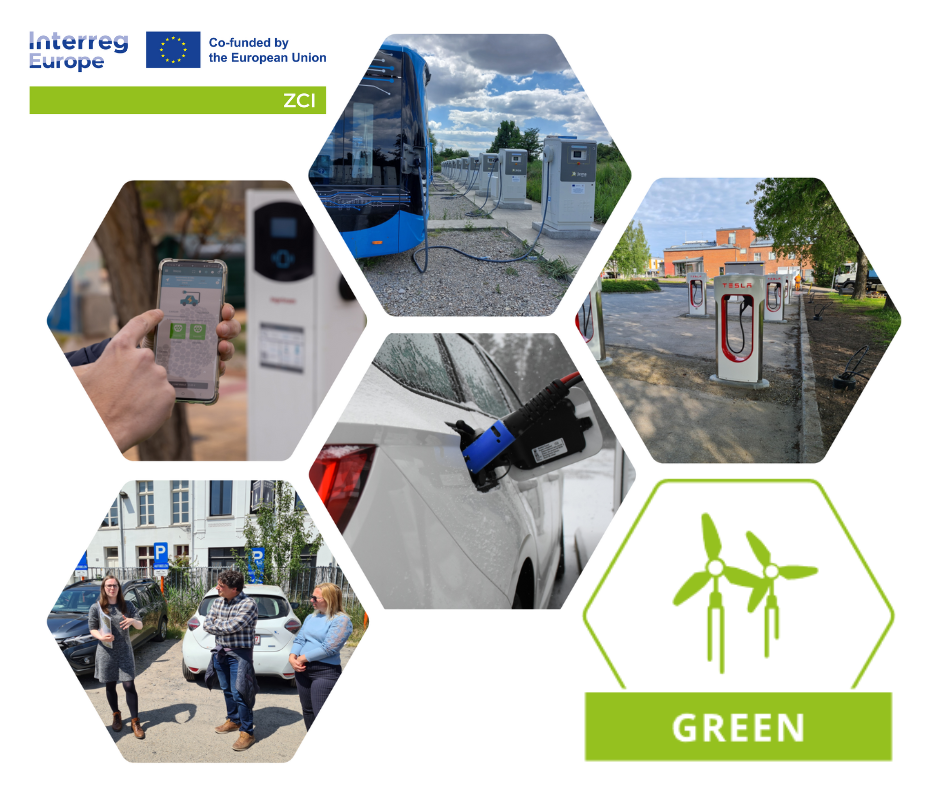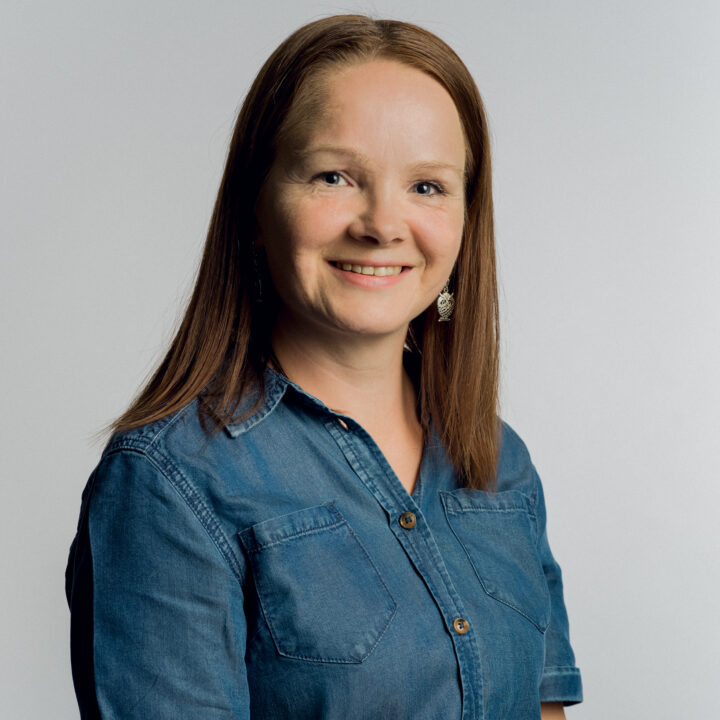Zero Carbon Infrastructure (ZCI) project, funded by the Interreg Europe program, contributes to de-carbonising transport in the project areas. The project implementation has started in the spring of 2023 and will continue until the summer of 2027. Nine partners from around Europe are involved in the project. From Finland, the Regional Council of Kainuu is among the project partners.
The ZCI project wants to strengthen the development of urban transport infrastructure, accelerate the development of zero carbon infrastructure and contribute to the creation of a greener Europe. In practice, the work is done by improving the capacity of the people and organisations participating the project, working together with private and public stakeholders, and offering other entities support for capacity development.
Several Options Under Investigation in Kainuu
As a whole, the project focuses more on the development of electronic transport, but the project partners have taken their regional characteristics into account already in the project planning phase, so that the project will serve regional needs as well as possible. The Kainuu situation was described in the project application in a little broader scope, also highlighting the possibilities of bio-gas:
- The number of electric vehicles (EV) and vehicles using alternative fuels has remained on low level in the region. However, the rise of energy prices has created a demand for these vehicles, creating a need to develop the infrastructure in becoming years to support the quickly growing demand.
- The commercial investments for EV charging are visibly increasing in the more populated areas but this only provides a partial solution.
- For heavy traffic and machinery, the use of bio-gas is a possible solution as the local production is being developed for district heating solutions.
The development challenges of Kainuu were described in the application as follows:
- To meet the growing needs of the infrastructure required for EVs both for residents and tourists.
- To explore the possibilities of energy storage for renewable energy to ensure the grid stability, with the change foreseen with the growth of EVs.
- Combining the bio-gas production in local ecosystems of heavy traffic and machinery related to industries such as forestry and mining.
In the project application phase, each of the project partners has defined the so-called Policy Instrument they want to develop within the project, thereby achieving positive change. In Kainuu, the Innovation and Skills in Finland 2021-2027 Programme was chosen. The goal is to find ways to implement the program in an effective way regarding the project theme. A new criteria will be prepared for funding calls related to specific objectives 2.1 (Improving energy efficiency and reducing the greenhouse gas emissions), 2.2 (adaptation to climate change, risk prevention, increasing the resilience) and 2.3 (promoting the move to circular economy). This is done to ensure the funded projects will have a significant impact on feasibility of electric transport and use of alternative fuels in the region.

The Role of Stakeholders in the Project
In order to increase the regional effectiveness of the project, each of the project partners coordinates stakeholder cooperation in their own region according to a jointly agreed operating model. Stakeholders are supposed to participate actively in the project. The joint learning process is led by the project’s advisory partner Erasmus UPT.
In already the project application submitted to the financing programme, five organizations from Kainuu were named (City of Kajaani, Kajaani University Consortium, Kajave Ltd electricity transmission grid company, municipally owned waste disposal enterprise Ekokymppi and Kajaanin Vesi, water supply establishment owned by the city of Kajaani) as stakeholders that will be involved in the project. However, it has been decided to invite other interested parties to the regional stakeholder meetings in Kainuu according to their interest, as well. Similarly, representatives of stakeholder organisations in Kainuu have been invited to the international meetings and study visits of the project.
Two stakeholder group meetings have been arranged in Kainuu so far. During the meetings, the goals and operating models of the project were introduced and the parties to be invited to the meetings were discussed together. Since then, the group has heard current news about the project and e.g., discussed the possible good practices that could be presented to international partners from Kainuu and the surrounding areas in relation to the themes of the project. Next, the regional Policy Improvement Plan, where regional learning needs and wishes regarding future development measures will be reviewed, will be discussed by the stakeholders. The next stakeholder meeting will be held in February 2024.
Example of a Regional Forerunner
One of the stakeholders of the ZCI project in Kainuu is the municipally owned waste disposal enterprise Ekokymppi. Their development measures may be presented as a good example of implementing the green transition of transport on the organizational level. Ekokymppi has recently announced that they have reduced the annual emissions of their transports by almost 78 % last year, even though the transports in total increased by 20 % due to the transport of bio and packaging waste that they started in August 2023.
Since using biogas as the traffic fuel is still not possible for Ekokymppi, they have now switched to using renewable HVO diesel. The abbreviation HVO stands for “Hydrotreated Vegetable Oil”. This type of diesel is, next to the vegetable oils, produced from waste, residue oils and fats, such as used cooking oil. In 2022, the CO2 emissions of Ekokymppi transports with fossil fuels were over 650,000 CO2e kg. During 2023, when starting to use HVO diesel as fuel, the transport emissions already fell to around 140,000 CO2e kg.
In 2024, the estimated transport emissions of Ekokymppi will continue to fall, says the company’s operations manager and low-carbon expert Esa Kumpulainen. The estimated amount of the transport emissions will be approximately 94,000 CO2e kg this year. The number will be even a fifth lower, if the contractor in the Hyrynsalmi and Ristijärvi areas also ends up running their transports with renewable fuels. Negotiations on this are currently underway.
Renewable HVO diesel is 12% more expensive compared to fossil diesel. While fuel accounts for 11% of the total costs of the garbage trucks, the impact of the higher price on transportation is only 1.3%. For example, the increase for the emptying price of the most common 240-liter waste container in Ekokymppi area of operation is only €0.08–€0.13. This is added in the price paid by customers.
Ekokymppi would eventually like to switch to using bio-gas, which is also produced by their own operations. Starting from autumn 2022, the company has been looking for a partner for refining the annual amount of 5,500 tons of bio-gas into transport fuel in the region. It would be possible to produce up to one million cubic meters of bio-gas, and the amount of energy produced would be 5.5 MWh per year. About 5–6 bio-gas powered waste trucks could operate using this locally produced bio-gas.

Link to a press-release published on 24 January 2024 on Ekokymppi’s webiste (in Finnish only): Ekokympin kuljetusten hiilidioksidipäästöt laskeneet merkittävästi – Ekokymppi
Upcoming Project Activities
The third so-called Masterclass event of the ZCI project will be organised in the turn of January and February 2024 in Parma, Italy. During the trip, the participants will learn about business cases in sustainable mobility.
During spring 2024, the regional Policy Improvement Plans and the register of good practices will be important issues on the table.
The international project partnership will also visit Kajaani before the summer. During that visit, the theme focuses on public acceptance related issues regarding zero carbon mobility.
Got interested? Learn More!
The official project website is found on the Interreg Europe website.
You’ll find the project also on LinkedIn and on Facebook.


